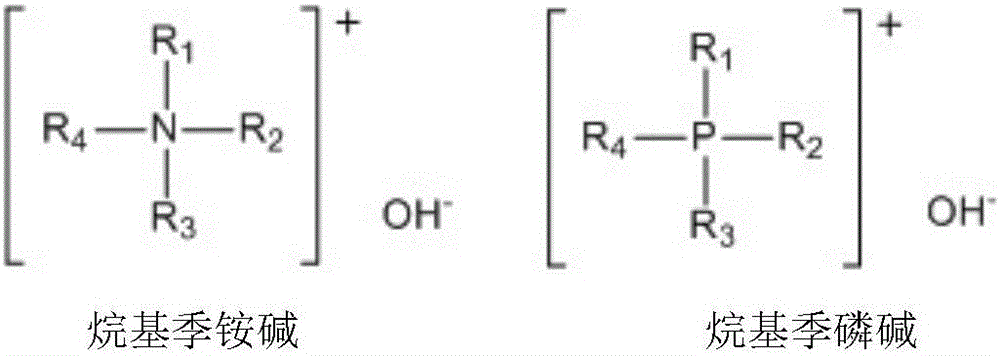Method for preparing cellulose solution
A technology of cellulose solution and cellulose solvent, applied in the field of cellulose solvent, can solve problems such as high production cost, affecting solubility, side reactions, etc., and achieve the effect of environmental friendliness and comprehensive cost
- Summary
- Abstract
- Description
- Claims
- Application Information
AI Technical Summary
Problems solved by technology
Method used
Image
Examples
Embodiment Construction
[0022] Specific examples and comparative examples of the present invention are given below to further illustrate the technical solution of the present invention. The process parameters of embodiment and comparative example are shown in Table 1, and its general process steps are as follows:
[0023] Firstly, the cellulose solvent is prepared, and each component of the solvent is configured according to the formula and added into a container, and a homogeneous mixed solution is formed by mechanical stirring at 25°C. Then add a certain amount of cellulose into the solvent system, and stir at a certain temperature for a certain time to obtain a cellulose solution.
[0024] Table 1. Embodiment and comparative example technological condition parameter table
[0025]
[0026]
[0027] In the table, "dissolved" means that an optically clear cellulose solution was obtained, and "insoluble" means that a cloudy cellulose solution was obtained.
[0028] The solubility of cellulose...
PUM
| Property | Measurement | Unit |
|---|---|---|
| degree of polymerization | aaaaa | aaaaa |
Abstract
Description
Claims
Application Information
 Login to View More
Login to View More - Generate Ideas
- Intellectual Property
- Life Sciences
- Materials
- Tech Scout
- Unparalleled Data Quality
- Higher Quality Content
- 60% Fewer Hallucinations
Browse by: Latest US Patents, China's latest patents, Technical Efficacy Thesaurus, Application Domain, Technology Topic, Popular Technical Reports.
© 2025 PatSnap. All rights reserved.Legal|Privacy policy|Modern Slavery Act Transparency Statement|Sitemap|About US| Contact US: help@patsnap.com



